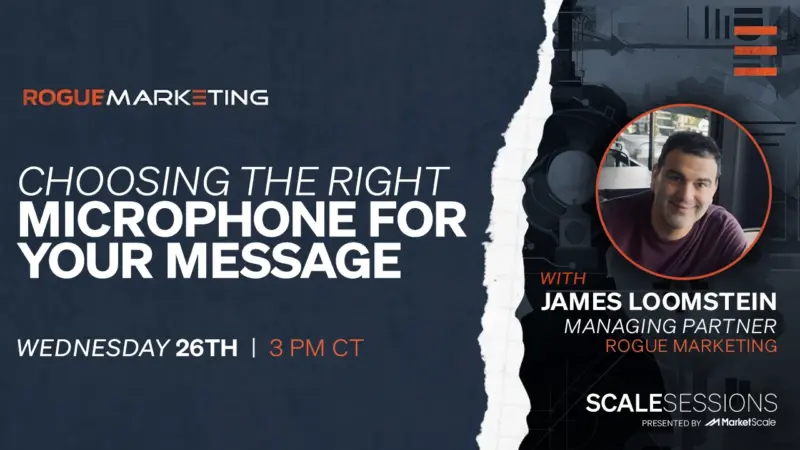Insider Risk Management Programs Require Critical Thinking, Training, and a Culture of Trust
Understanding human vulnerabilities is one lesson in the strategic process of building insider risk management programs that work, and truly understanding those vulnerabilities means establishing a culture of empathy and trust among an organization or company. With threats ever-present, it’s critical that chief security officers understand what’s at stake and what can generate success.
In a recent cyberattack that sent shockwaves through the gaming industry, the renowned resort and casino MGM Grand in Las Vegas fell victim to the ransomware group ALPHV, also known as BlackCat. Using a mere 10-minute social engineering tactic, the group exploited MGM’s systems by targeting an employee through LinkedIn and deceiving the Help Desk. This breach, which disrupted operations across multiple MGM Resorts International properties in the U.S., underscores the vulnerabilities even large corporations face. This incident is a stark reminder of the escalating threats in the digital age. As such, the pressing need for building effective insider risk management programs has never been more evident.
At the Global Security Exchange’s GSX 2023 event in Dallas, Texas, Christopher Burgess, former intelligence community professional and a tenured security industry writer and consultant, spoke at a session on “The Trusted and Valued Insider (Threat)”. Burgess broke down his session that focused on several critical elements of building a solid insider risk management program.
Christopher’s Thoughts
“When you’re dealing with insider risk management, the individual is valued, and we must be absolutely sure before we go about saying this person is doing this in a malevolent manner. We have to show benevolence in our investigations because you’re dealing with people’s lives.
I began my session by posing a few questions to my audience. Firstly, I inquired about the number of attendees who had a working insider risk management program. About half the audience responded positively. When asked about the success of their programs, all hands remained raised. However, when questioned about false positives in their programs, where individuals were wrongly identified as risks, about half raised their hands. This was the crux of my presentation. It’s essential to understand that individuals often act benevolently, trying to do their best. Sometimes, they might deviate from the norm, not out of malice, but due to poor judgment or understanding.”
The Importance of Transparency
“Transparency is crucial in monitoring and surveillance. Employers should be open about the tools they use, their purposes, and their methods. This transparency builds trust and ensures that employees understand the reasons behind such surveillance.”
Pseudonymization vs. Anonymization
“I delved into the topic of pseudonymization, distinguishing it from anonymization. While anonymization ensures that one cannot trace back to the individual responsible for an action, pseudonymization allows for a level of traceability. This method ensures unbiased analysis while maintaining a degree of privacy.
Toward the end, I discussed the structure of an insider risk management program. Where such a program sits within a company can significantly influence its operation. I touched upon various departments like risk management, IT, InfoSec, HR, physical security, and legal. Personally, I believe such a program should reside within the legal department.”
A Personal Experience
“I shared a personal experience from my time at the Central Intelligence Agency. Being wrongly accused and later exonerated during the Hansen investigation was a harrowing experience. Such incidents underscore the importance of thorough and benevolent investigations.”
Starting an Insider Risk Management Program
“The first step in establishing an insider risk management program is determining its placement within the organization. The investigator must be trained adequately and possess critical thinking skills. It’s essential to foster a culture of trust and not one of suspicion. Leadership buy-in is crucial. Without it, implementing such a program becomes an uphill battle.
Using MGM and the New York Knicks as examples, I highlighted the importance of being proactive rather than reactive. In MGM’s case, a simple oversight by the help desk led to a significant breach. The New York Knicks, on the other hand, had an insider risk program that was reactive, which resulted in intellectual property theft. Successful programs need to anticipate potential risks and act before they materialize.”
Article by James Kent






